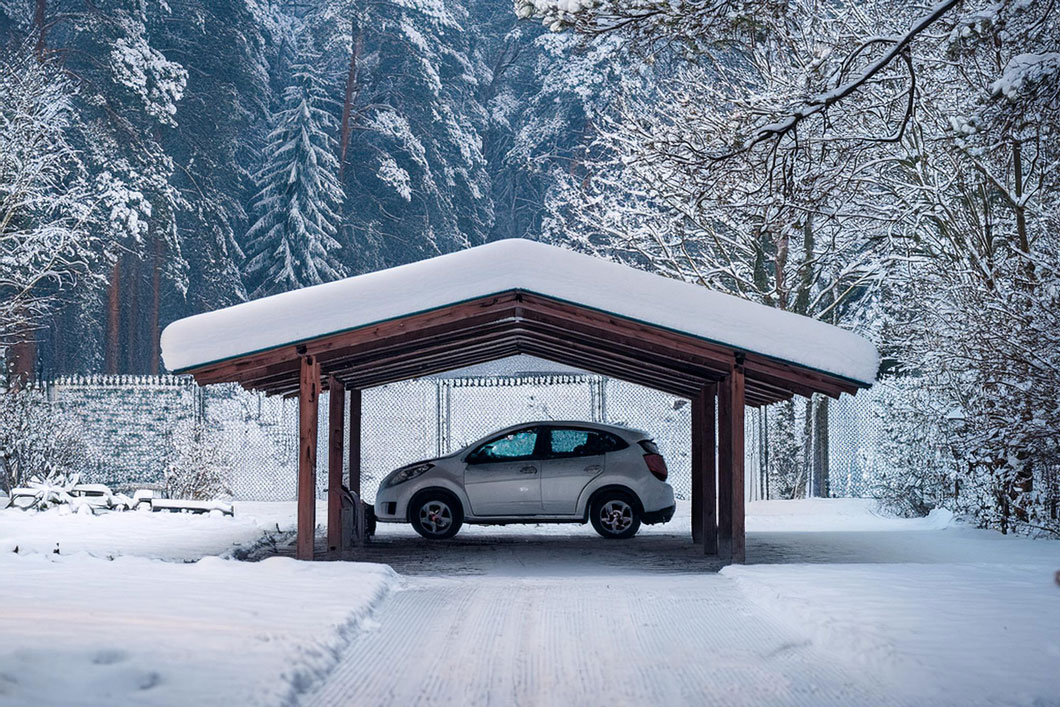How to protect your battery from heat & cold


Just imagine: It's an icy winter morning. You've overslept, you're rushing to work and your car just won't start. Do you know this? We do too! The same game every year. But why is it like this? And what can you do to make your car start reliably even in sub-zero temperatures? In this detailed blog post, you'll find out everything you need to know about the impact of heat and cold on your car battery and how to take optimum care of it so that you're never let down again.
You can also watch the corresponding video here:

Your car battery is a true marvel of technology, but it also has its limits. Extreme temperatures, whether heat or cold, can be hard on it and considerably shorten its service life. But why is this the case?
The answer lies in chemistry. A battery generates electricity through a chemical reaction. And as with any chemical reaction, the higher the temperature, the faster the reaction takes place. So in summer, your battery works at full speed, while in winter it tends to run on the back burner. That doesn't sound too bad at first, does it? But let's take a closer look at the effects this has. 

If your battery overheats in summer, this can have serious consequences. It can easily reach 60°C or more under the hood on hot days without the engine running, and even warmer when the engine is running. This is far above the comfortable temperature of your battery, which is between -20°C and +40°C. 
The increased temperature produces more gas, which escapes via the degassing openings. Electrolyte, the liquid responsible for the chemical reaction in the battery, is also lost in the process. As a result, the battery ages more quickly and its performance is impaired. In the worst case, it can even fail completely.
But it's not just the battery itself that suffers from the heat. The electrical consumers in your car, such as the air conditioning system, can also be damaged. If the battery supplies more power than necessary, this can lead to overloading and damage to the electronics.
Imagine you are driving on a hot summer's day with the air conditioning on and the music playing loudly. Your battery is working at full speed to supply all these consumers with power. At the same time, the engine compartment heats up and the battery gets warmer and warmer. This is a real stress test for the battery, which it often can no longer cope with in winter. 

In winter, the problem is exactly the opposite. In the cold, the chemical reaction in the battery is slower, which means it produces less power. At the same time, however, your car needs more power, especially if you use an auxiliary heater or have to de-ice the windows. This leads to the battery being discharged further and further, which puts additional strain on it.
In addition, the engine oil becomes more viscous in the cold, which means that the starter motor needs more power to start the engine. This means that the battery has to supply even more current when starting than it already would at normal temperatures.
So if your battery is already weakened in the fall, it can quickly lead to starting problems in winter. You'll be standing in the dark and cold and your car won't move. Not a nice idea, is it? 

To ensure that your battery performs reliably in both summer and winter and that you never again have to struggle with a flat car battery or a car that won't start, we have put together a few tips for you:

AGM batteries: These batteries are particularly resistant to heat, cold and vibrations and are therefore well suited for vehicles with automatic start-stop systems or many electrical consumers. An AGM battery also works in any normal vehicle and can be a good investment to avoid future problems. 

Read our detailed article on EFB and AGM batteries: Power upgrade for every car - even without start-stop!
to the detailed article

A well-maintained battery is the key to reliable starting, even in freezing temperatures. By following our tips and regularly checking and maintaining your battery, you can extend its life and ensure that your car starts without any problems, even in winter.